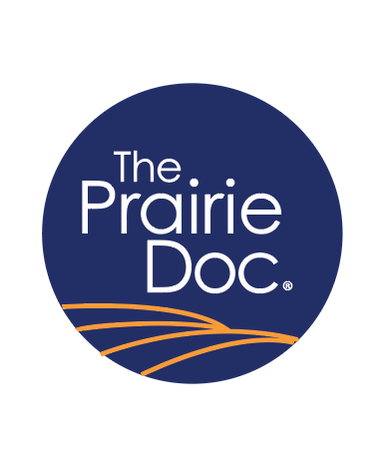|
Jan 18, 2024 | Live
#2218, Sleep Interrupted: Sleep Apnea The Threat in Your Bedroom By Dr. Debra Johnston My family has a fondness for crime dramas and thrillers. It isn't uncommon to watch a scene in which a peacefully sleeping individual wakes when a shadowy figure approaches their bedside with a pillow. Predictably, the assailant calmly presses that pillow over the face of their victim and waits until the struggling stops. For millions of us, the threat in our bedrooms isn't some malevolent other, but rather our own bodies and brains. We may get our next breath, but for those with sleep apnea, it can be a struggle. Sleep apnea has two basic types. In the most common, obstructive sleep apnea, the relaxation of sleep causes some part of the airway to essentially collapse, blocking off airflow. Those afflicted may come to medical attention because their partners complain about their snoring and have to nudge them to prompt that next breath. Their brains have to wake up enough to restore that muscle tone, opening the airway, and allowing them to breathe. This happens repeatedly throughout the night, multiple times an hour. In central sleep apnea, there are problems with the brain sending the instruction to breathe. Some people experience episodes related to both types of apnea, especially as they adjust to treatment for their obstructive sleep apnea, and some people have other types of sleep-disordered breathing. Sleep apnea is a serious condition. It is linked to many other health problems, among them high blood pressure, diabetes, coronary artery disease, heart rhythm abnormalities, heart failure, strokes, depression, and dementia. Even when statistically subtracting out the risk factors that may be common to both sleep apnea and these other conditions, the relationship remains. Of course, there is the obvious risk of accidents caused by dosing off behind the wheel, or in other perilous situations. Then there is the less quantifiable cost, of couples who want to share a bedroom but don't, because the snoring of one partner, or anxiety about that next breath, means neither really sleep. The first step to diagnosing sleep apnea is to visit with your primary care provider. They can determine if you qualify for a home sleep study, or if you might be better off having a test done in a sleep lab, where more monitoring is possible and more complex problems can be detected. Once the diagnosis is confirmed, treatment options can be explored. Most people receive some form of breathing support overnight. This is usually considered the gold standard and is suitable for all forms of sleep apnea. Many of my patients are surprised at just how easily they adjust to using it, and tell me that their partners often will wake them up to put it on if they doze off without it. Many of those who initially struggle with their CPAP can overcome the problems with a dose of determination and the help of a talented sleep therapist. For some people, dental appliances and various surgical procedures are possibilities. I like to remind my patients that sleep deprivation is considered by the UN to be a form of torture. Don't let it be part of your bedtime routine. Debra Johnson, M.D. is part of The Prairie Doc® team of physicians and currently practices family medicine in Brookings, South Dakota. Follow The Prairie Doc® at www.prairiedoc.org and on Facebook featuring On Call with the Prairie Doc® a medical Q&A show providing health information based on science, built on trust for 22 Seasons, streaming live on Facebook most Thursdays at 7 p.m. central. Comments are closed.
|
Archives
July 2024
Categories |
 RSS Feed
RSS Feed


